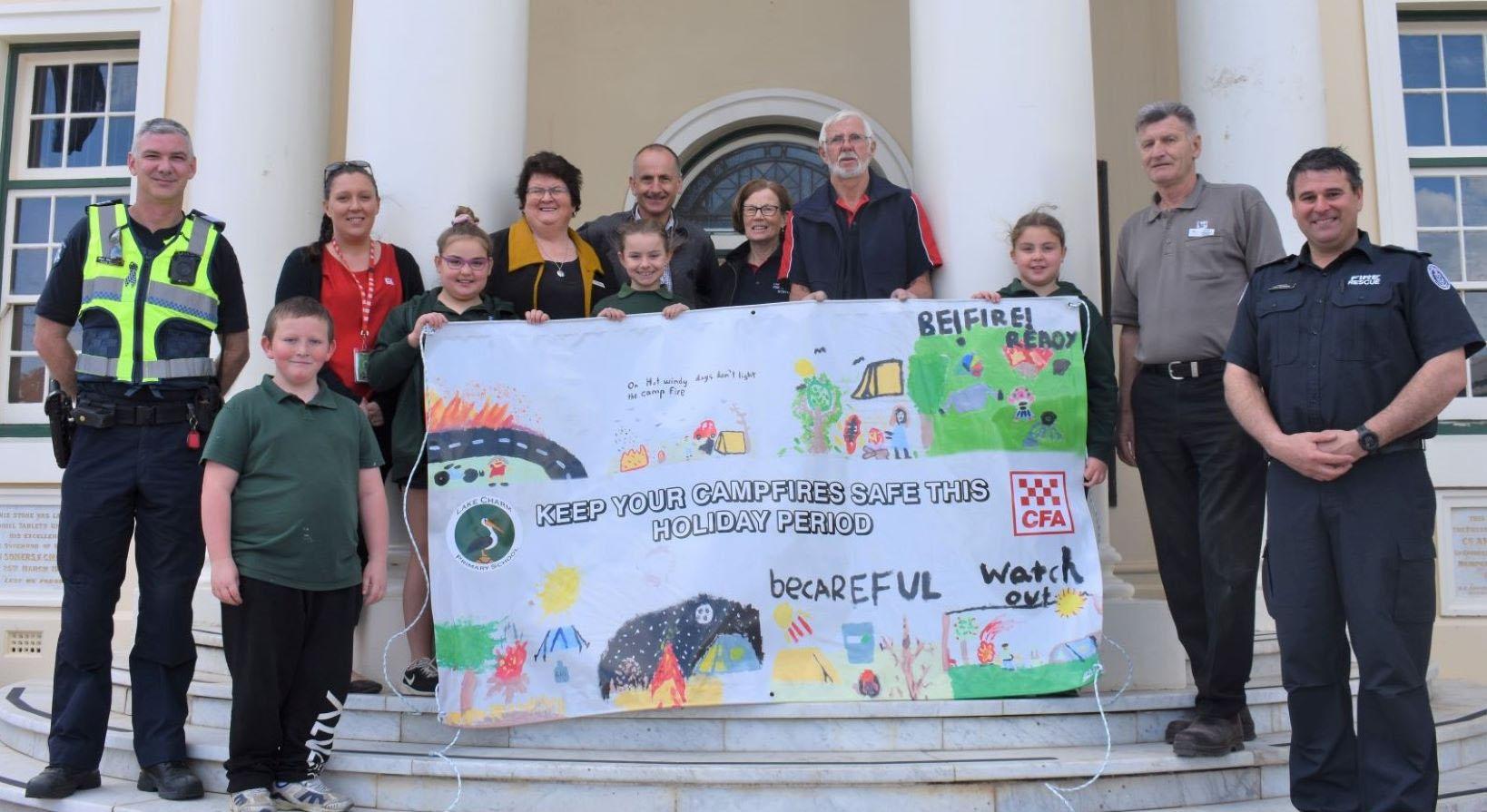Summary Report
11
Sector capability and capacity In 2009 there was a limited level of interoperability across the sector but stakeholders were very clear that there has been increased interoperability in the past 10 years. This has been facilitated by changes in technology and procedures, particularly during the response phase of emergency management. The development of the Emergency Management Common Operating Picture (EM-COP) and improvements in communications have significantly improved the ability of sector organisations' to 'work as one'. The sector recognised several limitations to continuous improvement in interoperability including joint procurement strategies and continued use of agency-specific platforms and systems. However, while the sector is maturing quickly in the area of response operations there is scope to extend interoperable practices across all phases of emergency management. Several SAP actions focused on the capability and capacity of the sector and the development of a capability development strategy. A sector-wide analysis of capability and capacity is yet to be completed and as such, the capability development strategy has been delayed. However, the Councils and Emergencies project has completed two of three proposed stages to inform a capability development strategy that will ensure councils can effectively perform their emergency management roles. This is an important project as councils have numerous emergency management responsibilities and operate in a heavily constrained resource environment. IGEM considers the capability development strategy to be an important target for the sector to guide efficient training, accreditation and exercising across all sector organisations and all relevant capabilities. Finalising the work already started to identify capability and capacity gaps will ensure the sector is well-placed to respond to current and future emergency management demands. Volunteers are an essential part of the sector and perform numerous roles across all phases of emergencies. In many cases responder agency volunteers receive extensive training and accreditation to perform highly technical roles. Volunteers for community service organisations perform critical roles in community preparedness, relief and recovery and are trained to provide practical, administrative and psychosocial support to communities and individuals affected by emergencies. The sector does not have a strong understanding of responder-agency volunteer recruitment and retention trends and no sector-wide strategy for engaging community members who want to volunteer in a spontaneous or non-traditional manner. The Volunteer Consultative Forum and other similar initiatives have identified a number of priorities for volunteers. However, it remains critical for the sector to ensure volunteers feel valued not only in their units, brigades or organisations, but by the broader sector.




